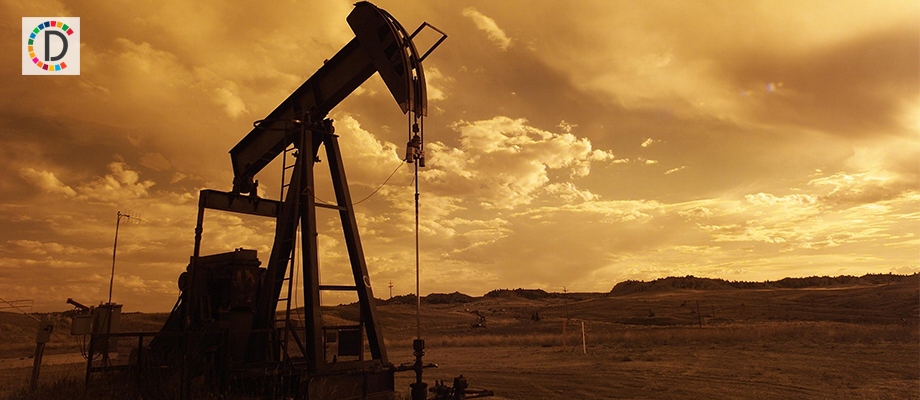COLUMN-Brazil's hydro power adds to global gas surplus: Kemp
That leaves gas-fired units and other thermal power plants playing a reserve role meeting peak loads, covering seasonal variations in river flows, and providing back up when low water levels constrain hydro output. Most gas arrives via pipeline from neighbouring Bolivia but marginal needs have been satisfied by liquefied natural gas (LNG) imports from the U.S. and elsewhere in the Atlantic Basin.

Brazil's gas imports fell to their lowest level for two decades in 2023 as its brimming hydroelectric reservoirs and rapid wind and solar deployment hit thermal power demand.
Imports were the lowest since 2003, National Agency for Petroleum, Natural Gas and Biofuels data shows, at 6.5 billion cubic metres (228 billion cubic feet) in 2023, from 9 billion cubic metres in 2022 and 16.9 billion cubic metres in 2021. Volumes have been trending steadily lower since 2015, apart from a brief surge in 2021 when Brazil turned to gas-fired power to make up for the loss of hydroelectric due to severe drought.
Brazil's electricity system relies heavily on hydroelectric power, which has accounted for between two-thirds and three-quarters of total generation in the last five years. That leaves gas-fired units and other thermal power plants playing a reserve role meeting peak loads, covering seasonal variations in river flows, and providing back up when low water levels constrain hydro output.
Most gas arrives via pipeline from neighbouring Bolivia but marginal needs have been satisfied by liquefied natural gas (LNG) imports from the U.S. and elsewhere in the Atlantic Basin. Chartbook: Brazil hydro and gas
In the second and third quarters of 2021, Brazil's drought and higher LNG imports contributed to the rise in gas prices in the United States and Europe, even before Russia invaded Ukraine in 2022. More recently, however, plentiful water behind the major hydro dams has ensured high levels of generation and sharply cut the need for imported LNG.
This has relieved the pressure on gas supplies around the Atlantic Basin and contributed to the progressive decline in gas prices since late 2022 and throughout 2023. Hydro generation recovered to 445 billion kilowatt-hours (kWh) in 2023 from a low of just 378 billion kWh in 2021, according to the National Electricity System Operator.
As a result, gas-fired generation fell to 19 billion kWh from 69 billion kWh over the same period, while other fossil fuel generation fell to 16 billion kWh from 39 billion kWh. Hydro resources have remained relatively comfortable despite lower than average precipitation across most of Brazil since the middle of 2023 as a result of El Nino.
Reservoirs in the Southeast-Midwest electricity transmission region, Brazil's largest, were storing enough water to generate 92 billion kWh at the start of February. Resources were down from 115 billion kWh a year ago but were still 30 billion kWh (+48% or +1.28 standard deviations) above the prior ten-year seasonal average.
WIND AND SOLAR Massive deployment of wind and solar generation has also cut into demand for gas and other fossil fuels.
Wind generation has grown at a compound annual rate of 15% over the last five years to reach 94 billion kWh in 2023 from 46 billion kWh in 2018. Solar growth has been even more spectacular at an average 71% per year reaching 50 billion kWh in 2023 from 3 billion kWh in 2028.
So far, solar and wind generators have mostly met incremental load growth, displacing some coal and other fossil fuels, and had little impact on gas. Increased wind and solar generation (+95 billion kWh) has satisfied most of the increase in total generation (+106 billion kWh) since 2018.
But if large-scale wind and solar deployment continues it will start to cut the already-low residual share of gas-fired generation even further, cutting Brazil's import bill and making more gas available to consumers in Europe and Asia. Related column:
- Brazil’s hydropower relieves European gas squeeze (July 19, 2023) John Kemp is a Reuters market analyst. The views expressed are his own
(This story has not been edited by Devdiscourse staff and is auto-generated from a syndicated feed.)










